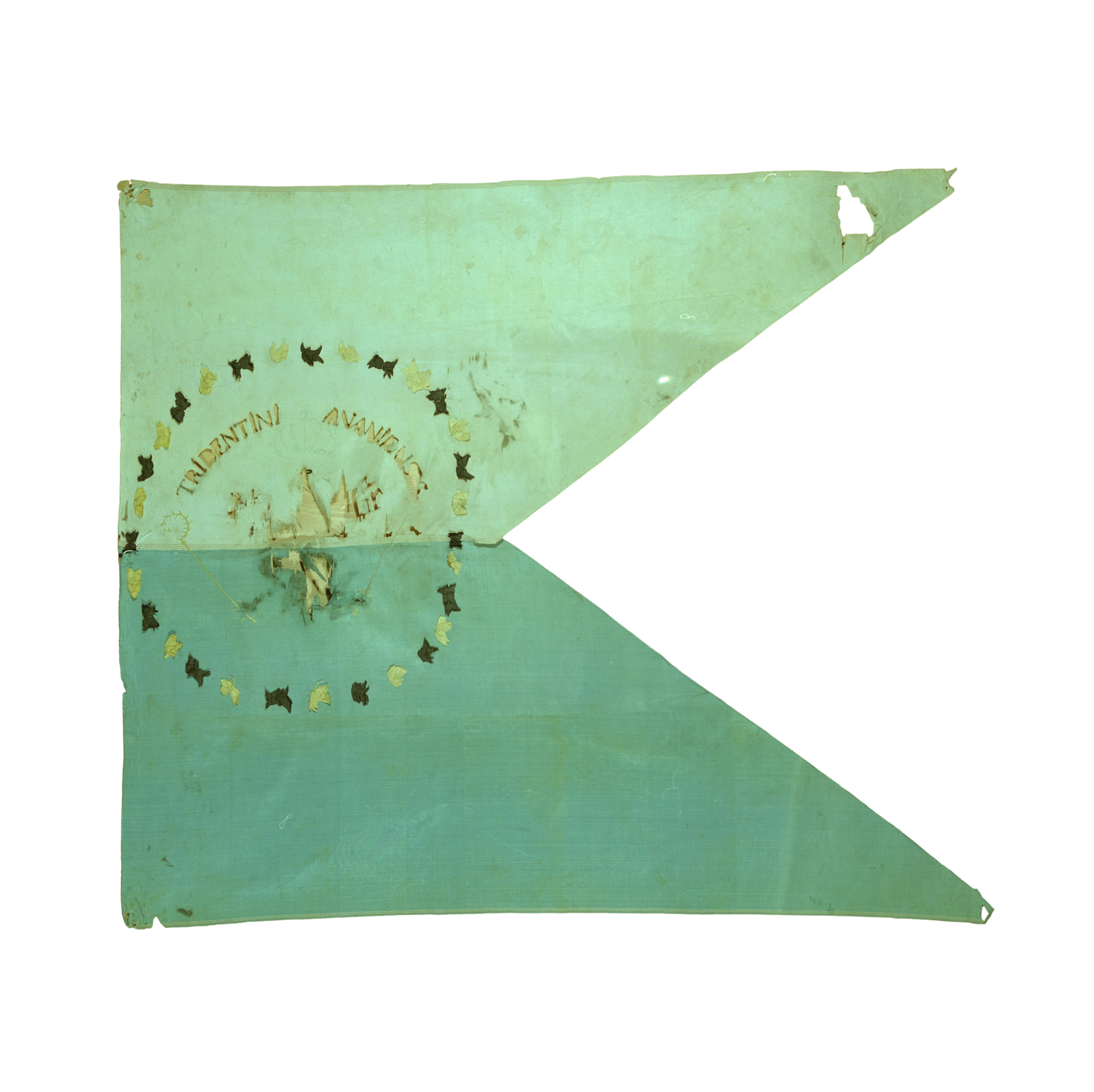Andreas Hofer is still revered by many in Tyrol as a hero today, more than 250 years after his death.
In any case, he is – alongside Ötzi and Reinhold Messner – one of the most famous Tyroleans.
He was born on 22 November 1767 at the Sandhof Inn in St. Leonhard in Passeier and, after a difficult childhood, became captain of a militia company in the Passeier Valley. He rose to the command of the Tyroleans in the battles against the Bavarians, who had occupied the land in 1806, as well as against Napoleon’s troops. In the main battles on the Bergisel mountain near Innsbruck (in part supported by Austrian troops) he three times succeeded in repelling superior enemy forces. On 15 August 1809 he established himself in the Hofburg Palace in Innsbruck, where he acted as Regent for two and a half months. On 14 October, in an unexpected turn, Austria was compelled to cede the now re-annexed Tyrol to Bavaria under the Treaty of Schönbrunn. Unable to comprehend this act, Hofer lost the fourth Battle of Bergisel on All Saints’ Day, 1809. In the weeks that followed he paid excessive heed to radical fellow fighters, issuing pointless orders to continue the fighting. The French revenged themselves with terrible retaliatory measures on the local population. At the end of November Hofer fled to a mountain hut, the “Pfandleralm”. Betrayed by a compatriot, he was captured there on 27 January 1810 and first taken to Meran with his son Johann, wife Anna and scribe Kajetan Sweth: he was subsequently brought in several stages to Mantua where, on the orders of Napoleon, he was shot on 20 February 1810 following a mock trial. He did not attempt to flee as he was wedded to the belief that he would have to pay for his actions.






